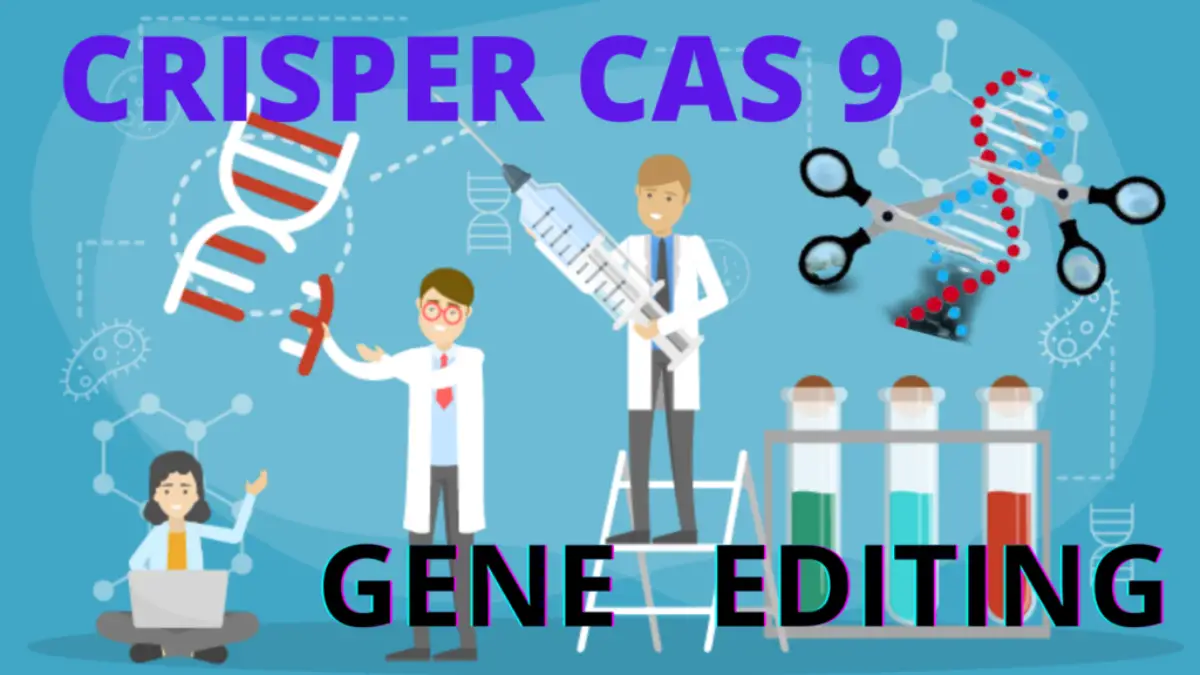Suppose you were alive in the 1960s and were promised that computers would soon take over everything:
From shopping to dating to the stock market, billions of people would be connected via some sort of web, and you would own a handheld gadget that was ordered of magnitude more powerful than supercomputers.
New digital assets will become lucrative, and technologies like blockchain and NFT will take over traditional currency systems. It would seem crazy, but it all did happen. We don’t even acknowledge that science fiction has become our reality.
Similar circumstances exist now with genetic engineering. So let’s discuss it.
How it started, what we’re doing right now, and a recent discovery that will alter our way of life and what we consider normal forever.
For thousands of years, people have created life through engineering. We reinforced beneficial features in plants and animals through selective breeding.
We got very good at it, but until we discovered DNA, the genetic substance that houses the blueprints for life, we never truly understood how it worked.
What is DNA?

A sophisticated molecule that directs how all living things develop, function, and reproduce.
If we were to define it, deoxyribonucleic acid would be the molecule containing the genetic material required for a creature to grow and perform its functions. The structure of DNA is a double helix; it is constructed of two linked strands that twist one another in the shape of a twisted ladder.
The molecule’s structure contains information. A code made up of four linked nucleotides carries instructions. If you alter the instructions, the carrying entity will also change.
Experiments with DNA and Gene Editing
People have been trying to tinker with DNA since it was first discovered. Radiation was used to cause random mutations in the genetic code of plants in the 1960s by scientists.
The goal was to randomly generate a plant variant with some useful properties.
Sometimes it worked too. In the ’70s, scientists inserted DNA snippets into bacteria, plants, and animals to study and modify them for research, medicine, agriculture, and fun.
Since the first genetically modified animal was born in 1974, mice have become a common research tool, which has helped save countless lives.
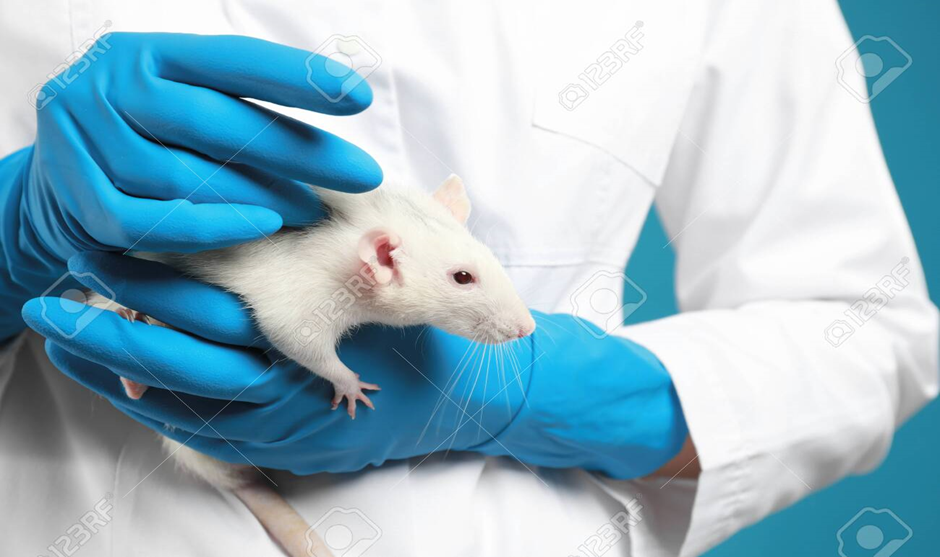
Today, we create a wide range of compounds using engineered life, including insulin, growth hormones, and life-sustaining clotting factors.
Prior to that, we had to collect everything from animal organs. The Flavr Savr tomato, which has a tomato given a considerably longer shelf life where an extra gene that inhibits the build-up of a rotting enzyme, was the first food modified in a lab and put on the market in 1994.

Human engineering was also explored briefly in the 1990s. Genetically modified babies containing the DNA of three people were created to alleviate maternal infertility. Being the first humans to have three genetic parents.
There are now fast-growing pigs, featherless chickens, and even transparent frogs.

One of the interesting things we did was to give things a glow-in-the-dark quality. Zebrafish that glow in the dark can be purchased for as little as $10.

Dogs, mice, rats, pigs, and bunnies have all seen CRISPR firsts, thanks to Chinese scientists. Higher-quality meat, livestock immune to disease, innovative medical procedures, and transplantable human organs are all promised by this research.
All of this is impressive, but gene editing was prohibitively costly, time-consuming, and difficult until recently.
Nevertheless, the situation has changed due to the development of the revolutionary new technology known as CRISPR. The price of engineering dropped by 99% overnight.
Experiments now only take a few weeks to complete rather than a year, and anyone with access to a laboratory can participate. The revolutionary nature of CRISPR in the technological world is difficult to convey.
As such, it could theoretically alter human history irrevocably.
What is Crisper?
So firstly, Crispr is an acronym it stands for clustered regularly interspaced short palindromic repeats.
Crispr is a biological tool that can be used to edit genes. Think of it like a biological pair of scissors that can cut DNA but also has a component that can insert DNA. It’s super low cost and can be done by researchers or even someone in their backyard garage.
Gene editing can now be done in ways that used to be really difficult, or if not impossible, before, so this Crispr tool can quickly and efficiently tweak almost any gene in any plant or animal. Researchers have already used it to fix animal genetic diseases, combat viruses, sterilize malaria-causing mosquitoes, and create glowing animals, including dogs, cats, and rabbits.
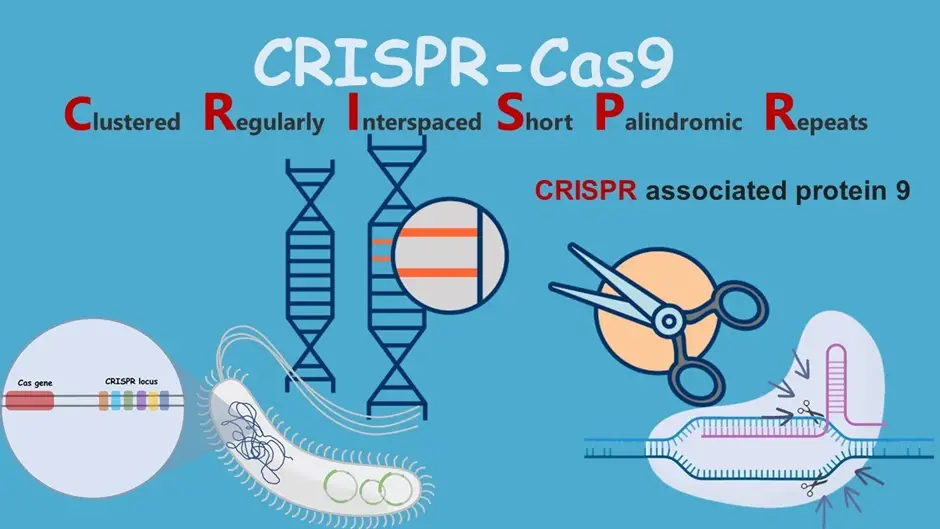
The CRISPR tool was first described in 2012, and since then, there’s been a massive realization of how powerful this tool is. Crispr has so much power that there have been calls to be careful about how humans use it.
Jennifer A. Doudna from the United States and Emmanuelle Charpentier from France received the 2020 Nobel Prize in Chemistry in appreciation of their work on one of genetic engineering’s most potent weapons: CRISPR-Cas9 gene scissors.
How did this revolution start, and how did it work?
The war between bacteria and viruses has existed since the beginning of time. Bacteriophages, or phages, are viruses that specifically target bacteria. Phages in the ocean can eliminate 40% of the population daily.
The phages accomplish this by hijacking bacteria and using them as biological production facilities, inserting their genetic code into the host cells.

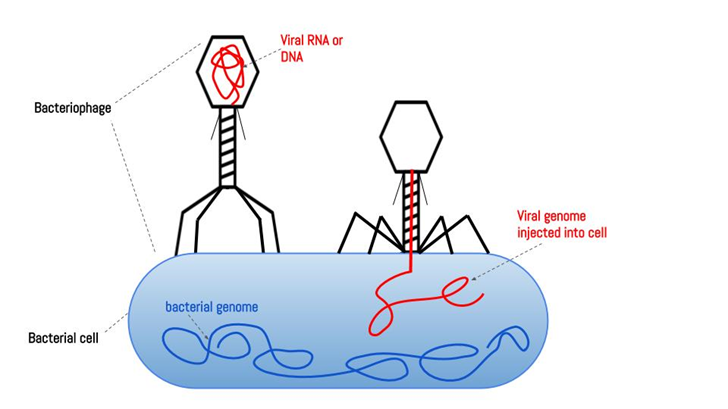
In most cases, the bacteria were unable to withstand the attack because their defense mechanisms were inadequate. For maximum protection, they must do this.
They do this by storing a piece of the virus’s DNA in their own DNA archive, which they refer to as CRISPR. It’s kept here in a secure location until it’s required. After storing its DNA in an RNA copy, the bacterium can quickly produce its secret weapon, a protein called CAS 9 , in preparation for another viral assault.
In order to detect the invading virus, the protein is now scouring the bacterial cell’s DNA and comparing it to a stored archive sample.
When it detects a perfect match, it activates and removes the virus’s DNA, rendering it harmless and protecting the bacterium from infection. The precision with which CAS9 can edit DNA makes it stand out.
When researchers realized that the CRISPR system could be programmed, a revolution was unleashed. Simply insert the system into a living cell along with a copy of the DNA you wish to alter, and the system will begin making the necessary changes.

To use an analogy, traditional methods of genetic manipulation are like a map, while CRISPR is like a global positioning system.
In addition to its ease of use, low cost, and pinpoint accuracy, CRISPR allows for the editing of living cells, the silencing of genes, and the isolation and study of specific regions of DNA.
It is also applicable to all forms of life, whether they be bacteria, plants, animals, or humans.
Precision tools are already being developed and used. In 2015, scientists successfully used CRISPR to remove the HIV virus from patient cells in the laboratory.
About a year later, they expanded the study to include rats infected with HIV in virtually every cell of their bodies. More than half of the virus was eliminated from body cells by injecting CRISPR into the rats’ tails.
Handling Cancer and genetic diseases with Gene editing –
HIV and other retroviruses may be cured by CRISPR therapy in a few decades, and viruses like Herpes that lurk inside human DNA may also be wiped out in this manner.
Cancer, one of our biggest foes, could be defeated through CRISPR. When cells hide from the immune system and keep growing while refusing to die, cancer develops.

We can now edit your immune cells with CRISPR to make them more effective at hunting down cancer.
Maybe someday in the future, it may be possible to cure cancer with a few thousand of your own cells that have been genetically modified in a lab. In early 2016, the United States approved the first clinical trial of a CRISPR cancer treatment in humans.
Currently, things are moving at a rapid pace. There are also genetic disorders.
There are thousands, and they can range from being slightly inconvenient to being fatal or creating a lot of discomfort over an extended length of time.
There is hope that we can put an end to this by using CRISPR, a highly effective gene editing tool. If there is even one letter in your DNA that isn’t quite right, it could cause one of more than 3,000 genetic diseases.
In order to correct the disease in the cell, we are currently developing a variant of CAS9 that is designed to alter a single letter.
We may be able to permanently eradicate thousands of diseases in the next decade or two. With the exception of reproductive cells and very early embryos, all of these medical uses are temporary and perish with the patient.
Modified Human Beings

As CRISPR becomes more widely available, it will likely be used for a wide variety of other purposes, including the creation of genetically altered humans (also known as “designer babies”), whose offspring will cause slow but permanent shifts in the human gene pool.
There’s hope for the future, even if it looks like we’re entering the science-fictional real. Despite the fact that this technology is still in its infancy, two attempts have been made so far.
They demonstrated the tremendous difficulties associated with gene editing embryos but also the fact that scientists are hard at work finding solutions. No matter what you think about genetic engineering, it will affect you and how you live.
As the engineered traits of modified humans are passed on to their offspring, the human gene pool could be gradually altered over many generations. Probably, they’ll be made to wipe out a fatal genetic disease that runs in the family.
With the improvement and development of technology, more and more people may argue that not using genetic modification is unethical because it causes children to suffer and die when they could be saved.
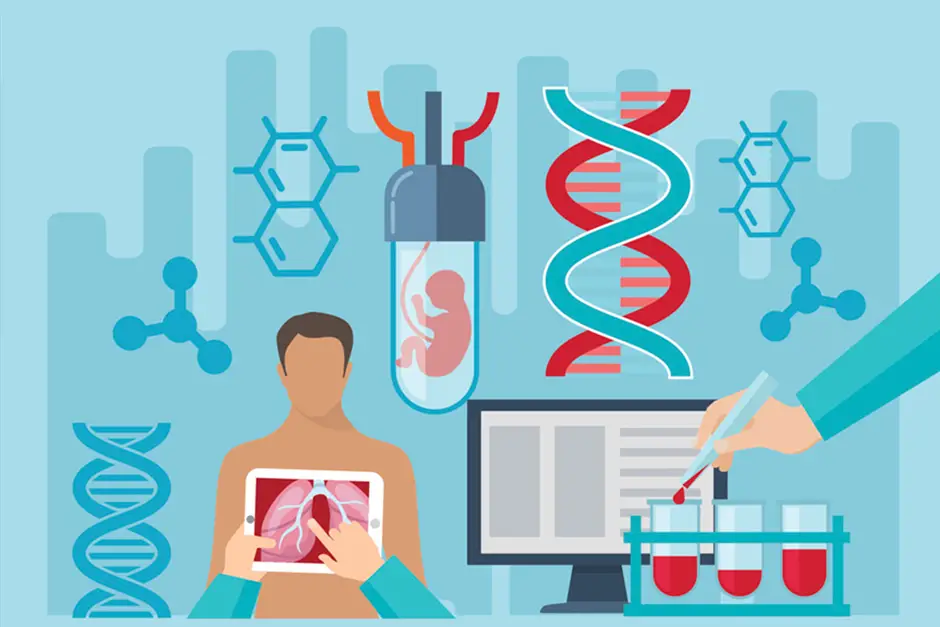
However, the moment the first engineered child is born, a door is opened that can no longer be closed. Initially, vanity features will be primarily ignored.
However, the temptation will increase as genetic alteration is embraced more widely and as our understanding of our genetic code advances. Why not offer your children a faster metabolism ? or make them immune to Alzheimer’s?
Why not include perfect vision?
What about a person’s height or physique?
Long hair?
What if you gave your child the gift of exceptional intelligence?
The cumulative personal decisions of millions of people lead to significant changes. Modified humans could become the new standard. Having a changed population would help us to solve numerous issues on a larger scale.
Engineered people might be better able to handle high-energy foods, curing many modern ailments, including obesity. We might become immune to the majority of diseases that plague us today if we had an immune system that had been changed and had access to a library of potential dangers.
We may, in the distant future, be able to engineer humans to be capable of long-duration space flight and adapt to many planetary environments, which would be very beneficial for keeping us alive in our hostile universe.
But we still face some significant obstacles, some of which are technological and others ethical. But none of this will happen soon.
Uncertainty and Ban on gene editing
Even while CRISPR is extremely effective, it is not yet faultless.
Even today, incorrect alterations and unidentified mistakes can occur anywhere in the DNA and may go undetected. The gene edit may successfully disable a disease, but it also may unintentionally result in unintended modifications.

Simply put, we don’t yet understand our genes’ intricate interactions well enough to prevent unexpected outcomes.
As the initial human trials get underway, accuracy and monitoring techniques are being worked on. The power of technology is true. Although it could be alluring to forbid genetic modification and associated studies, for this reason, that would be a grave error.
A ban on human genetic modification would merely cause science to stray into an area with laws and regulations we don’t agree with. We can only ensure that future research is prudent, reasonable, overseen, and open by taking part in it.
Conclusion

Genetic engineering may just be a phase in the natural progression of intelligent creatures in the universe, and while the technology is perhaps a little frightening, we stand to gain a lot.
The disease might be eradicated. In addition to reaching the stars, we may live for millennia longer. When it comes to this subject, there’s no reason to think modestly.
No matter what you think about genetic engineering, the future is coming.
What previously unfathomable science fiction is going to enter our new reality, one that is filled with both potential and difficulties?

